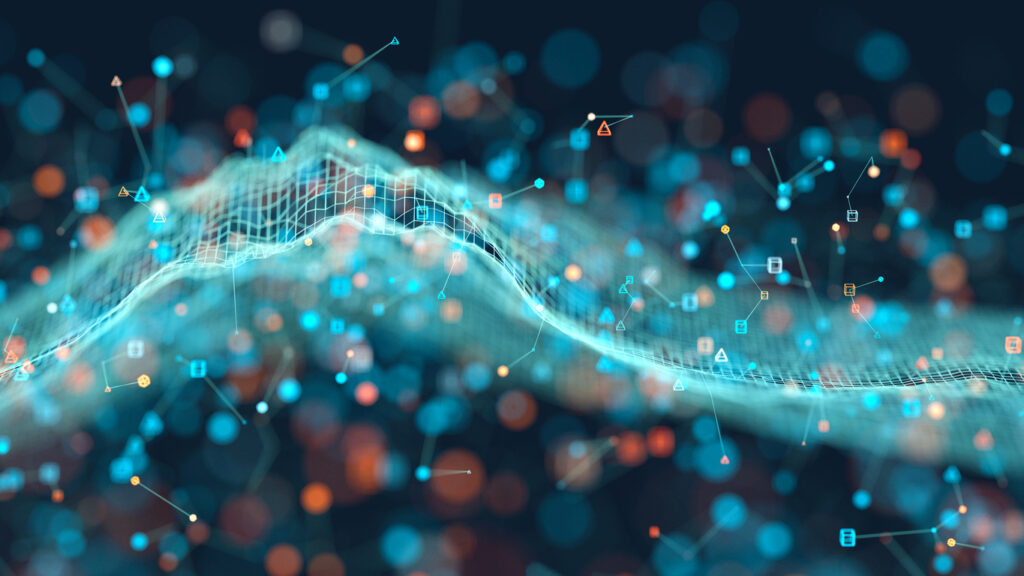With diverse climate patterns across the U.S., various regions face unique challenges when it comes to roofing systems. From scorching summers to unpredictable rainstorms, roofs must be designed to withstand a wide range of weather conditions. Among the many threats roofs face, moisture intrusion stands out as one of the most insidious. It can lead to a host of problems, from compromised structural integrity to the growth of harmful mold. In this demanding environment, advanced moisture detection technology has emerged as a critical tool in proactive roof maintenance, enabling property owners and roofers to safeguard against severe moisture-related issues.
Understanding the Threat: Moisture Intrusion
Moisture intrusion poses a significant threat to even the most durable roofing systems. Over time, accumulated moisture can infiltrate roofing materials, setting off a cascade of damaging effects. One of the most immediate concerns is the potential for rotting, which weakens the integrity of the structure. Additionally, moisture provides an ideal breeding ground for mold and mildew, not only compromising the aesthetics of the roof but also posing health risks to occupants. As moisture continues to permeate, it can lead to the deterioration of essential components, from insulation to support beams.
In regions characterized by high humidity levels and sporadic, heavy rainfall, this threat is particularly pronounced. The combination of moisture-laden air and occasional downpours creates an environment ripe for moisture-related damage. Furthermore, prolonged exposure to moisture can accelerate the aging process of roofing materials, making them more susceptible to wear and tear. In extreme cases, this can result in costly repairs or even premature replacement of the entire roofing system.
Moreover, if left unaddressed, moisture intrusion can lead to more extensive structural issues, potentially compromising the safety of the building. It’s not only a matter of maintaining the aesthetic appeal of the roof but also ensuring the long-term safety and functionality of the entire structure. This is why early detection and prevention of moisture-related damage through advanced testing methods like desaturation testing are crucial for preserving the integrity and longevity of roofing systems.
Advanced Technology to the Rescue
In the battle against moisture intrusion, advanced detection technology has proven to be a game-changer. Gone are the days of relying solely on visual inspections and rudimentary moisture meters. Today’s technology arsenal includes a range of sophisticated tools and techniques that can identify, quantify, and locate moisture within roofing systems.
Advanced technology in moisture detection has revolutionized the way roofers assess and maintain roofing systems. Through a combination of sophisticated tests, including delamination tests, desaturation tests, water column tests, microscopic evaluations, gravimetric testing, and sample viscosity testing, roofers can now achieve a level of precision and accuracy that was once unimaginable.
- Delamination tests are instrumental in assessing the bonding between layers of roofing materials. By identifying areas of separation, even when visual signs are absent, roofers can take proactive steps to prevent moisture infiltration.
- Desaturation tests, especially crucial in humid regions like Louisiana, evaluate a material’s resistance to moisture absorption. This is pivotal in safeguarding against problems caused by excessive moisture, such as structural weakening, mold growth, and reduced insulation efficiency.
- Water column tests subject roofing systems to varying water pressures, simulating heavy rain or storm events. This predictive technology allows roofers to anticipate how well a system will perform under extreme weather conditions.
- Microscopic evaluations utilize advanced tools and techniques to uncover hidden damage, deterioration, and potential weaknesses in roofing materials. This meticulous approach ensures that even the most minute issues are identified and addressed.
- Gravimetric testing offers precise measurements of moisture levels, allowing roofers to pinpoint potential moisture-related problems and take proactive measures to mitigate them.
- Sample viscosity testing assesses samples to identify material inconsistencies that might impact their performance over time. This allows roofers to ensure the quality and longevity of the materials they work with.
By integrating these advanced moisture detection technologies into their toolkit, roofers are equipped to provide a higher level of service to their clients. This not only enhances their reputation as experts in their field but also ensures that roofing systems are equipped to withstand the challenges posed by Louisiana’s climate. The proactive approach enabled by these technologies ultimately translates to longer-lasting and more resilient roofs for their clients.
Infrared Thermography: Illuminating Hidden Threats
Infrared thermography is a cornerstone of advanced moisture detection. It operates on the principle that different materials emit varying levels of infrared radiation when subjected to the same thermal stimulus. By capturing these thermal contrasts with specialized cameras, inspectors can identify areas with abnormal temperature patterns, potentially indicating moisture intrusion. This non-invasive technique allows for a comprehensive evaluation of potential trouble spots, even those not visible to the naked eye.
Proactive Roof Maintenance: A Strategic Advantage
In the face of challenging weather patterns, proactive roof maintenance is not just an option – it’s a necessity. Advanced moisture detection technology offers a crucial advantage in this endeavor. It provides the means to uncover potential issues early on, allowing for targeted interventions that can save both time and money in the long run. By incorporating this technology into regular maintenance practices, property owners and roofers alike can fortify their roofs against the relentless threat of moisture intrusion.
Preventing Severe Consequences
The consequences of unchecked moisture intrusion can be severe. Structural elements can weaken, leading to compromised safety and increased maintenance costs. Mold growth can pose health risks and necessitate costly remediation efforts. Insulation effectiveness can be compromised, leading to higher energy costs. Advanced moisture detection technology allows stakeholders to take preemptive measures, addressing moisture-related concerns before they lead to extensive damage.
Embracing Technological Advancements for Lasting Roof Integrity
In states where the climatic challenges are as diverse as the landscape, staying ahead of roofing issues is paramount. Advanced moisture detection technology empowers property owners and roofers to do just that. By leveraging the capabilities of infrared thermography, nuclear moisture meters, capacitance sensors, and other cutting-edge tools, they can ensure that their roofing systems remain resilient against the relentless threat of moisture intrusion. With these technological advancements, roofs can not only weather the storm but stand strong against the test of time. To keep your roof protected against moisture intrusion, contact CORE Forensics.

